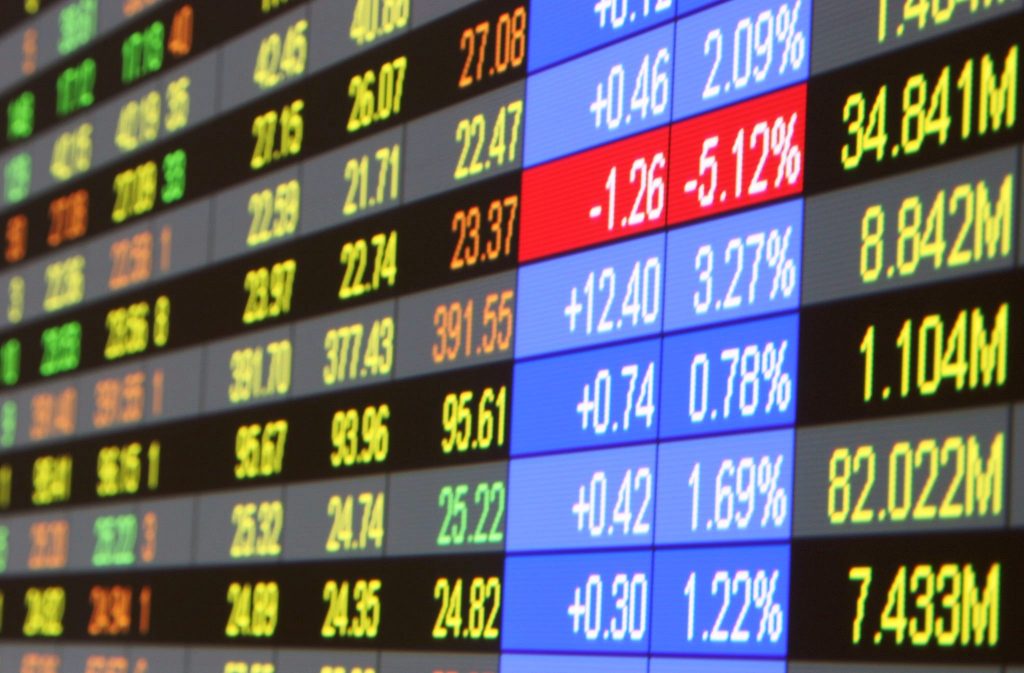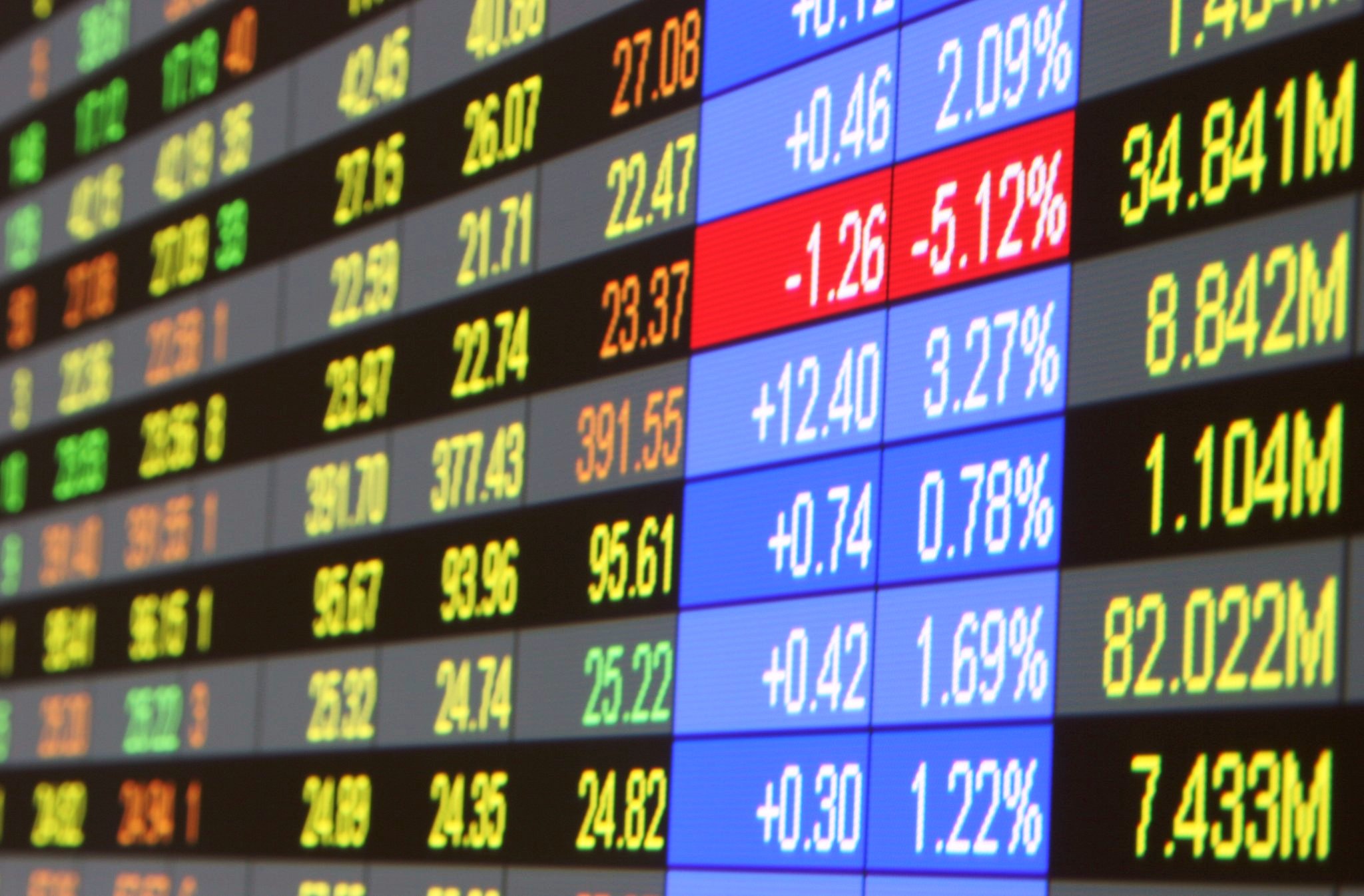Spread betting is known as one of the most flexible ways of trading. It involves the markets of stocks, shares, currencies, commodities, indices and more being analysed, watching whether the price of such things will rise or fall, and with this spread betting can certainly be described as a fast-paced method of online trading. One of the key reasons that draws people to it is the fact It allows you to take part without owning the options in question, and your initial deposit can be a fraction of the actual product price.

So, what are spreads?
Mostly spreads involve speculation on the price movement of an individual security or instrument. In a typical situation a spread betting company quote two prices, the bid and the offer. If it’s felt that the asset will rise in value, then they choose to buy with expectation they will be able to sell it at a higher price in the future. On the other hand, if they feel, or according to their analysis, the asset price will fall, they will sell it aiming to buy it later for less. If the range between the buy and sell price is small, then the trading cost becomes smaller though it protects the business in the long term.
Some spread betting strategies
- News trading – This majorly relies on technical analysis from those with the thorough understanding of macroeconomics and correct interpretation of news headlines which can be either positive or negative.
- Trend- based – Traders look on the price movement in the market to determine their trading decision. This strategy works in any timeframe, but the more preferred are daily or weekly. Price is thought to be an uptrend when charts higher lows and higher ups and the other side it shows lower lows and lower highs of which a trader can sell or buy based on the assumption that is trending.
- Range trading – This is focused on the use of support and resistance levels where traders base their assumption on the market psychology that it will continue to hold in future. A dealer can set buy position when the price is approaching support and choose to sell when the price is approaching resistance. Many traders prefer this strategy because it gives room for easy stop-loss placement in risk management.
- Contrarian trading – In this, traders look where trends are over-extended and starts to reverse. They look for buy entries in a scenario where downtrend is seen shifting and sell entries in cases where uptrend is almost in completion to the upside.
Various Stops
- Stop loss orders – This is used to close the trade when market passes a particular value that has been set by a trader. This measure occurs at times of market volatility where business may close at a level that is different to the set trigger value to allow an operator only to take the position at the current and favourable level only.
- Guaranteed stops – These are worth long-term consideration because they increase protection over time despite the small increase in trading cost. In this stops, if a market opens below your originally set stop-loss level then this guarantees to close you out of the trade.
- Trailing stops – This is a powerful risk management tool created by a trader; it includes setting of stop orders which trail on dealers’ position on a particular quantity. If trade moves in your favour, then this trailing ends move with the market and only choose to execute when a market moves against you.
What should you know as an Investor?
As an investor, you should stay ahead by getting the latest news and analysis by visiting websites and even getting these insights in your inbox. I recommend CMC markets as they offer low initial cost, 24-hour access to updated, educational videos, up-to-minute analysis and market news from spread betting professionals and free training. If you were to invest in a company, would you hand over your money without any question or you would take a time to research about the company basing on their previous performance and current forecast? This scenario is the same as online trading where you are required to do research on stock, index, commodity and currency by conducting analysis beforehand.



